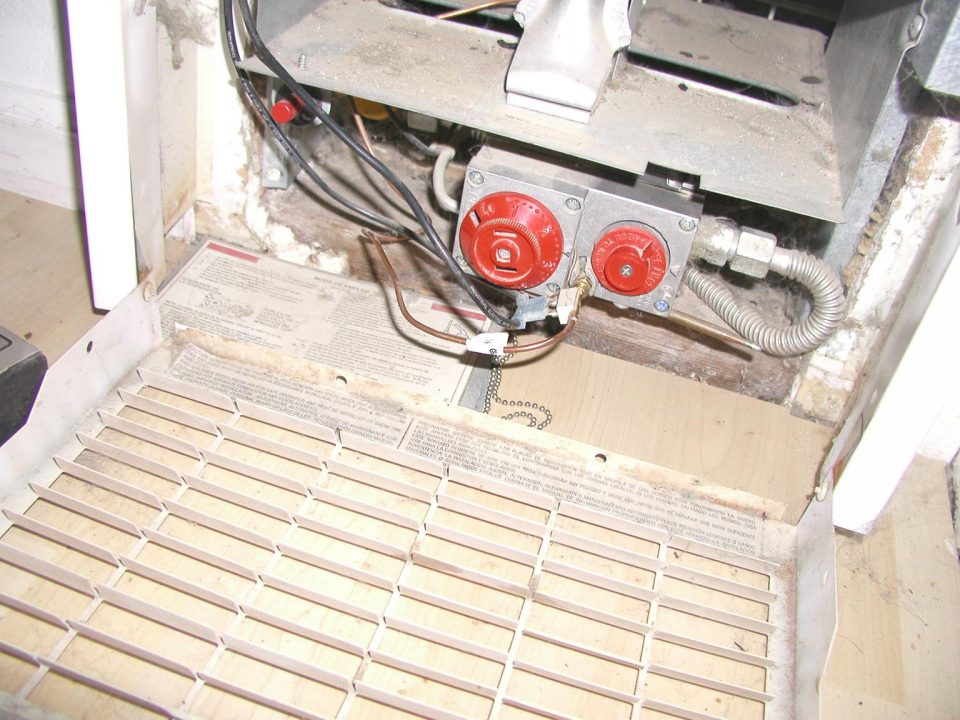A thermopile sensor is a sensor built from a thermopile. A thermopile, on the other hand, is a group of two or more interconnected thermocouples. Thermocouples are components that are made of two wires of different properties that are joined in two different places. As the heel enters one junction, it splits and travels through each wire separately, and when it reaches the other junction, electricity is generated. The voltage across the junctions is used to determine the temperature flowing through the wires. This phenomenon is used to create the thermopile sensor that relies on the voltage to determine the device’s accurate temperature.
How a Thermopile Sensor Works
A thermopile operates by gauging the difference in temperature between one joint and the point where the output voltage is measured. In thermopiles, there are several junctions in a system, and this results in the development of a difference in temperature between the junctions. The difference in temperature between the junctions creates a current because of the difference in potential between the cold and hot junction. Thermopiles then generates an output that is proportional to the difference in temperature between the junctions. Controlled devices are fixed to measure the voltage and power in milli-watts and milli-volts because they are very small. Thermopile sensors, therefore, produce an output as they respond to temperature changes.
Uses of the Thermopile Sensors
Thermopile sensors are complex but have found their way to serve different functions in many devices. The thermopile sensor is used in the medical field to measure body temperature, e.g., using infrared thermometers. The device can detect heat accurately and release an output in temperature units. Thermopile sensors are also used extensively as gas burner sensors as well as heat flux sensors. This has ensured that leakages and potential hazards are avoided because the thermopile sensors detect heat changes and sounds warnings when the temperature scales beyond normal room temperature. Thermopiles also come in handy in electric energy generation, such as the heat from solar, wind, electrical components, combustion or laser radiation, and radioactive materials. These processes constitute the Peltier effect, which involves the transfer of heat energy by an electric current. The thermopile sensor is also critical in the aviation industry because it helps detect any unwanted fires or flames in a plane’s significant components such as the engines, luggage areas, and even the cockpit. Finally, the thermopile sensors are also used in the automatic Heating Ventilation and Air Conditioning (HVAC) control systems. They detect the surrounding temperature and adjust the HVAC to either warm-up space or cool it.
In conclusion, the thermopile sensor uses many scientific principles to operate, which has made it very useful in many applications. It senses heat changes and derives an output voltage that can be read and interpreted by scientific personnel. Its uses span across different key sectors such as healthcare, residential, energy, and education, among many others. It is, therefore, an important device that is here to stay for good.

